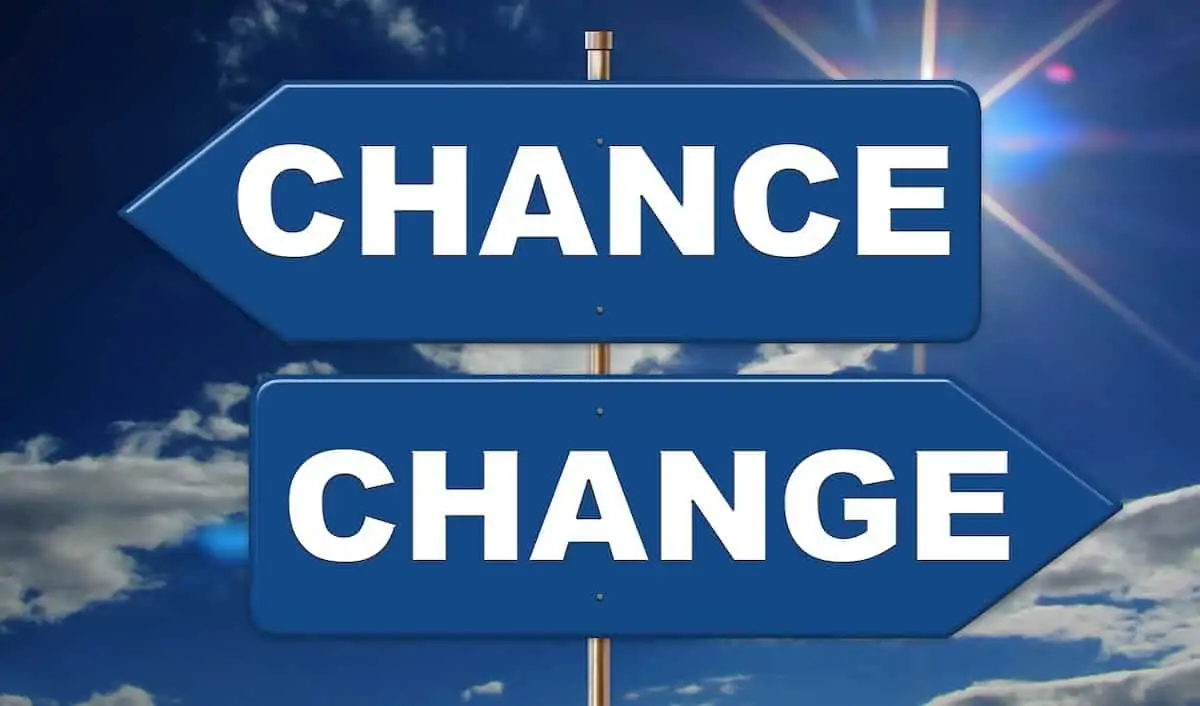
Eventually everyone is going to be faced with the need to either lead or participate in a process designed to drive change and transformation.
The need for change may be reactive. Your competition may be eating your lunch. Your company may be losing money or bleeding cash. Or your metric performance may be well short of target.
Or the drive for change may be proactive. Your company may be leading in your industry and have great performance. But there is a risk of complacency seeping in. Or your competition can’t be counted out so you need to increase your competitive advantage. Or you may want to blow your targets out of the water.
Whatever the driving force for change is, wouldn’t it be great to be equipped with the know-how to make that change happen.
Here is our view of the Change Leadership Process!
The Change Leadership Process

When you are faced with the need to makes changes it is most often better if you can follow some kind of overarching process. Making changes on the fly or making things up as you go along may be appropriate in some circumstances but generally speaking following some level of process will help to ensure that your transformation initiative stays the course.
A rather standard Change Leadership process is defined in the following steps:
Define
At the beginning of the process you need to define what precisely the problem is that you are trying to address. Further you need to describe your objectives and expected outcomes, if they have not been given those already (read Change Leadership: The Call To Action … Where It All Begins! ).
And then you need to scope your project; there may be organization, process, or systemic areas for which you need to declare what is in and what is out of scope. If you want to make incremental changes than an incremental, iterative process is fine. But if you want to drive dramatic change then you must incorporate all possible avenues within your scope and “Attack on All Fronts” (read Change Leadership – Attack on all Fronts for Success!).
It is also important to outline the ground rules that you want everyone to follow in your transformation project. There are going to be sacred cows, disbelievers, and blockers. As such you will need to define the cultural norms and expectations in order to create a game changing High Performance Organization (HPO) (read Ground Rules for Creating a Game Changing High Performance Organization (HPO)! ) if you want to truly achieve dramatic change.
Finally the beginning of your project is the best time to solicit all of the support you will need to break through barriers and rally resources. Getting your management to play a visible role of sponsorship can help immeasurably (read The Executive Sponsor! A High Powered Enabler For Changing The Game!).
Initiate/Innovate/Ideate
Given your understanding of the problem and objectives you now need to initiate action. You may need to do some work to elaborate on the problem, objectives and scope to ensure clarity of understanding by all involved in the initiative. This may also result in decisions as to where to prioritize your time, resources and focus. Mapping your Current State process will be very enlightening.
This is also an important stage for generating ideas on how to tackle the project, ideas on how to make improvements, and ideas on how to drive significant change and innovation. The people who work in an area usually know the process, and what should change, better than management or anyone else. As such wherever possible solicit input and ideas from as many people as possible (read Unleash Your Employees’ Ideas to Truly Change the Game! ).
Throughout the process you need to ensure that you have buy-in amongst team members. Where there is dissent or concern as to direction you must deal with these issues in real time. Having a Change Leadership work stream ( read Want Success? Integrate a Change Leadership Work Stream in your Transformation Program! ) running in parallel with your process will help to ensure better adoption of the actions and long term sustainability of the results.
Assess
To determine whether the actions you are implementing are having the impact you want you need to have a process to measure and track performance. You should always establish a starting point, or current state (read Lean in Retail … Value Stream Mapping your Current State Process! ), from which to measure forward progress against.
An ongoing process of assessment should allow you to make more real time decisions. If something is not achieving the results you want then you can make new decisions and course corrections along the way, and hopefully in time to restore positive progress.
Also make sure that the metrics you are tracking are the important ones (read What Gets Measured Is What Gets Done! ). It is a common complaint that too many metrics are tracked but few of them are actually measures of critical end results.
Improve/Invent
As you have defined your expected outcomes earlier it is thus necessary to itemize the action plans, improvements and changes that you need to make in order to realize those results.
If you are doing process mapping then doing a future state map is a great way to get get your team thinking outside of the box. It can be a challenge as people are often stuck in the paradigm of the current state. But if you can get people to embrace all possibilities in the future state mapping process then you can identify truly innovative ideas (read Lean in Retail: Value Stream Mapping your Future State Process!).
Another technique is the “Top of Mountain” approach. Imagine you are climbing a mountain and starting at the bottom. From this vantage point you can’t see the entire route up the mountain. Making progress evolves incrementally, step by step. Alternatively imagine you are standing at the top of the mountain having just climbed it (ie. reached your goal). Looking backwards you can see the last step you took before you reached the top, as well as the step you took before that, and so on.
If you apply this analogy to your challenge you can imagine that you have met your goal. Now recreate, in reverse order, the series of actions that you had to take to achieve that goal, all the way back to your current state. This should leave you with a set of actions that you constitute the roadmap you should execute to reach your summit!
Sustain
The question which always comes up with a Change Leadership project is whether the results are sustainable. For instance it can be easy to make brute force, short term, top down changes but will they take hold for the long run? Any number of problems, and past failures, can end up with people calling your project “Just Another Program” (read Stop your Project from becoming “Just another Program”! ).
There are 3 elements of a Change leadership program that will help ensure sustainability of results:
- Make process based changes. By fundamentally changing processes you ensure that there is stickiness in what innovations you have made. To support this you must have an ongoing mechanism for tracking performance, and making future changes as necessary.
- Effect Cultural change. There are many bad behaviours which prevent or inhibit changes from taking hold. Conversely there are many great behaviours which can drive improvements far beyond what you could have imagined.
- Implement a Change Leadership Work Stream. Apart from the technical and functional aspects of the transformation you are looking to make there are inevitably human factors at play. If you don’t have people on board throughout your change process and implementation then they can either deliberately, or unknowingly, cause your project to fail. Having Human Resources lead a Change Leadership Work Stream will ensure that people issues are dealt with on a timely basis, now and in the future.
Conclusion
Driving change is rarely easy, otherwise it would have already been done. But remember that most every process, decision, policy, metric, and organization is a function of decisions and actions that people have made before. As such every future state can be achieved by making new decisions and changes.
It takes leadership, resolve, persistence and drive. But following the process that we’ve outlined can help increase your chances of success.
Embrace the Possibilities!

